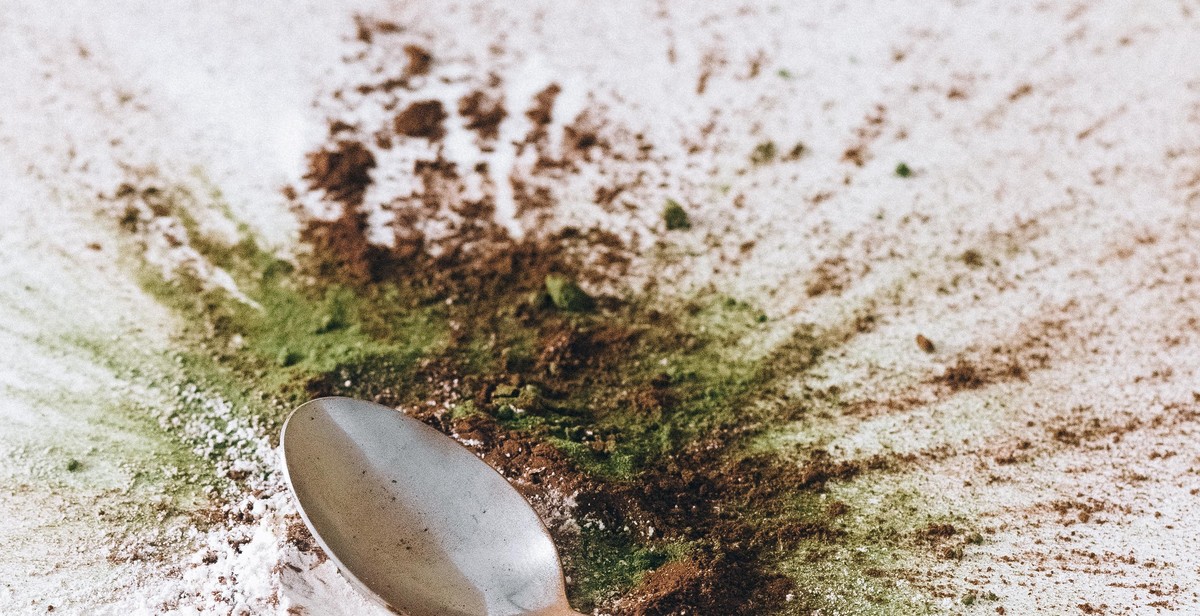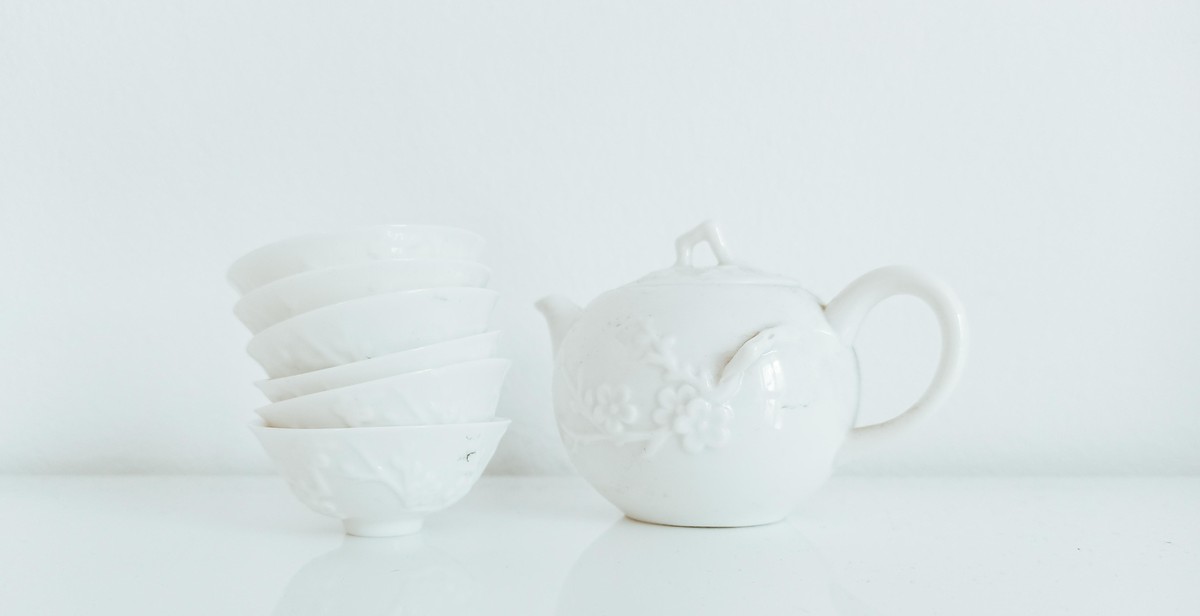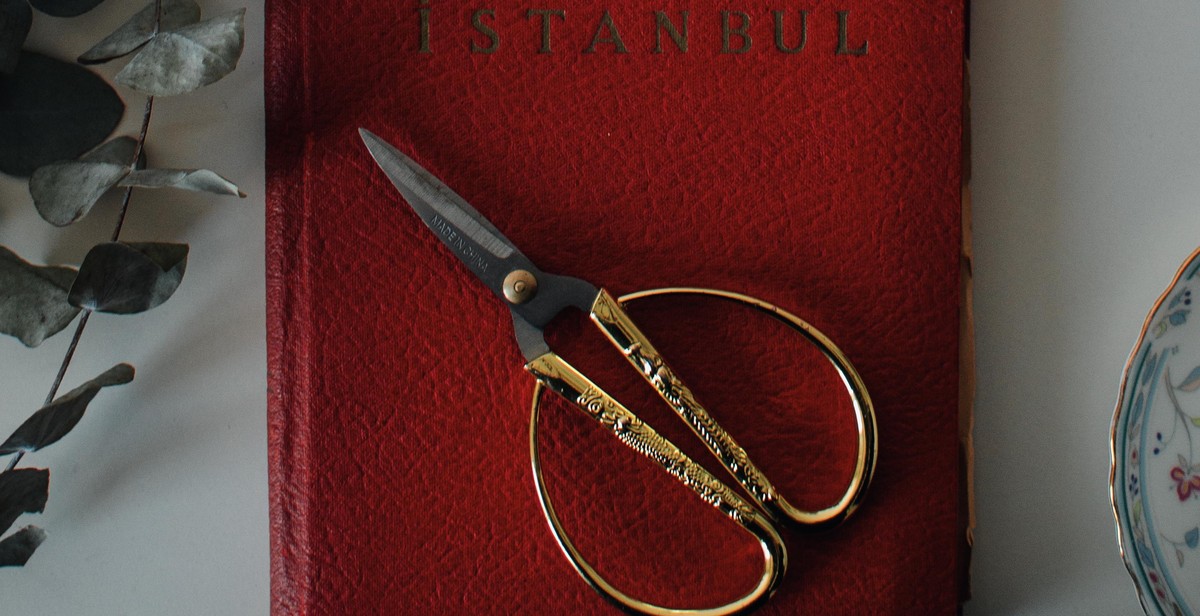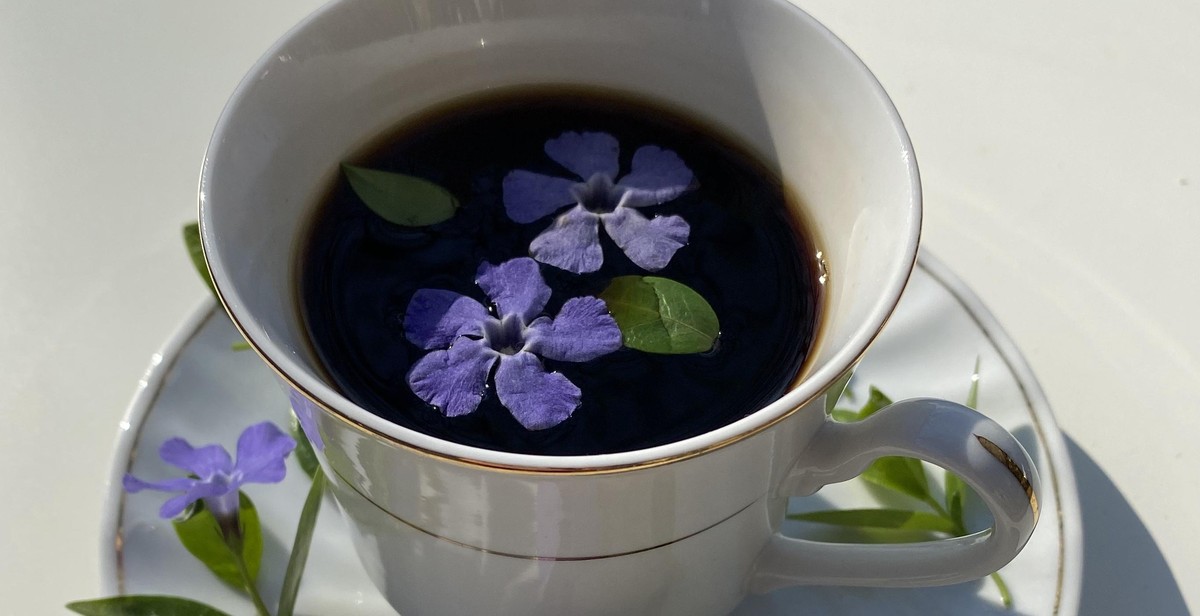How to Appreciate and Identify Different Types of White Tea
White tea is a delicate and subtle tea that is enjoyed by tea enthusiasts around the world. The unique flavor and aroma of white tea can be attributed to the way it is processed. Unlike other types of tea, white tea is minimally processed and made from the youngest leaves of the tea plant. This results in a tea that is light, refreshing, and packed with antioxidants.
Types of White Tea
There are several types of white tea, each with its own unique flavor and aroma. The most popular types of white tea include:
- Silver Needle: made from the youngest tea leaves, this tea has a delicate flavor and a sweet aroma.
- Bai Mu Dan: made from the youngest leaves and buds, this tea has a slightly stronger flavor than Silver Needle and a fruity aroma.
- Shou Mei: made from the older leaves of the tea plant, this tea has a stronger flavor and a nutty aroma.
- Gong Mei: made from the larger leaves of the tea plant, this tea has a bold flavor and a woody aroma.
Appreciating White Tea
To fully appreciate the flavor and aroma of white tea, it is important to brew it correctly. White tea is delicate and should be brewed at a lower temperature than other teas. It is also important to use high-quality water and to steep the tea for the correct amount of time. By following these tips, you can experience the full flavor and aroma of this exquisite tea.

What is White Tea?
White tea is a type of tea that is minimally processed and made from the youngest leaves and buds of the Camellia sinensis plant. It is known for its delicate flavor and aroma, and is often described as having a light and sweet taste with a subtle floral or fruity undertone.
Unlike other types of tea, white tea is not oxidized or fermented, which means it retains most of its natural antioxidants and nutrients. This makes it a popular choice among health-conscious tea drinkers.
History of White Tea
The origins of white tea can be traced back to the Fujian province in China, where it has been produced for over a thousand years. According to legend, white tea was first discovered by a tea farmer who noticed that the young leaves and buds of the tea plant had a unique appearance and aroma.
Over time, white tea gained popularity among Chinese royalty and eventually became a highly prized commodity throughout the country. Today, white tea is grown and produced in many regions around the world, including India, Sri Lanka, and Africa.
Despite its long history, white tea is still relatively unknown compared to other types of tea. However, its unique flavor and health benefits are slowly gaining recognition among tea enthusiasts.
| White Tea | Green Tea | Black Tea |
|---|---|---|
| Minimally processed | Lightly processed | Fully processed |
| Young leaves and buds | More mature leaves | Fully mature leaves |
| Not oxidized or fermented | Partially oxidized | Fully oxidized |
Overall, white tea is a unique and flavorful option for tea drinkers who enjoy a delicate and nuanced taste. Its long history and health benefits make it a fascinating addition to the world of tea.

Types of White Tea
White tea is a delicate and subtle tea that is known for its health benefits and unique flavors. There are different types of white tea, each with its own characteristics that make it distinct. Here are some of the most popular types of white tea:
Silver Needle
Silver Needle, also known as Bai Hao Yinzhen, is one of the most popular and expensive types of white tea. It is made from the youngest and most tender tea buds, which are covered in fine white hairs that give the tea its name. Silver Needle has a delicate and sweet flavor with a floral aroma.
White Peony
White Peony, also known as Bai Mudan, is made from both the tea buds and the leaves of the tea plant. It has a stronger flavor than Silver Needle and a slightly nutty taste. White Peony is also less expensive than Silver Needle, making it a popular choice among tea lovers.
Longevity Eyebrow
Longevity Eyebrow, also known as Shoumei, is made from the larger leaves of the tea plant. It has a stronger flavor than Silver Needle and White Peony, with a slightly earthy taste. Longevity Eyebrow is a more affordable type of white tea and is often used in tea blends.
Tribute Eyebrow
Tribute Eyebrow, also known as Gongmei, is made from the larger leaves of the tea plant that are slightly older than the leaves used for Longevity Eyebrow. It has a stronger and more robust flavor than the other types of white tea, with a slightly smoky taste.
Shou Mei
Shou Mei, also known as Sow Mee, is made from the larger leaves of the tea plant that are even older than the leaves used for Tribute Eyebrow. It has a stronger taste than the other types of white tea, with a slightly bitter and woody flavor. Shou Mei is often used in tea blends and is a more affordable type of white tea.
Gong Mei
Gong Mei, also known as Tribute Eyebrow, is made from the larger leaves of the tea plant that are slightly older than the leaves used for Longevity Eyebrow. It has a stronger and more robust flavor than the other types of white tea, with a slightly smoky taste.
| Type of White Tea | Flavor | Aroma | Price |
|---|---|---|---|
| Silver Needle | Delicate and sweet | Floral | Expensive |
| White Peony | Stronger and nutty | – | Affordable |
| Longevity Eyebrow | Strong and earthy | – | Affordable |
| Tribute Eyebrow | Strong and robust | Slightly smoky | – |
| Shou Mei | Strong and bitter | Woody | Affordable |
| Gong Mei | Strong and robust | Slightly smoky | – |

How to Appreciate White Tea
White tea is a delicate and subtle tea that requires special attention when brewing and tasting. Here are some tips for preparing and enjoying white tea:
Preparing and Brewing White Tea
When preparing white tea, it is important to use the correct water temperature and steeping time to bring out its delicate flavors and aromas.
- Water temperature: White tea should be brewed with water that is between 170°F and 185°F (77°C to 85°C). Boiling water can scorch the delicate leaves and result in a bitter taste.
- Steeping time: White tea should be steeped for 1-3 minutes, depending on the type of white tea and personal preference. Oversteeping can also result in a bitter taste.
- Tea-to-water ratio: Use 1-2 teaspoons of white tea per 8 ounces of water.
There are different ways to brew white tea, but one popular method is:
- Boil water and let it cool to the recommended temperature.
- Add the white tea leaves to a teapot or infuser.
- Pour the hot water over the leaves and let it steep for the recommended time.
- Strain the tea leaves and enjoy!
Tasting White Tea
When tasting white tea, pay attention to its aroma, flavor, and mouthfeel. White tea has a subtle and delicate taste, so it is important to focus on the nuances of its flavor profile.
Here are some tips for tasting white tea:
- Smell the tea: Take a deep breath and smell the tea. White tea has a light and floral aroma.
- Sip the tea: Take a small sip and let it sit in your mouth for a few seconds. Pay attention to the flavors and how they develop over time.
- Feel the tea: Notice the mouthfeel of the tea. White tea has a smooth and silky texture.
As with any tea, it is important to taste white tea without any additives, such as milk or sugar, to fully appreciate its natural flavors and aromas.

Identifying High-Quality White Tea
White tea is known for its delicate flavor and unique aroma, making it a popular choice among tea lovers. However, not all white teas are created equal. Here are some factors to look for when trying to identify high-quality white tea:
Appearance
The appearance of white tea leaves can give you an idea of its quality. High-quality white tea leaves should be whole and unbroken, with a silvery-white color. Avoid white tea leaves that are brown or have a yellowish tint, as this may indicate that they are old or of lower quality.
Aroma
One of the most important aspects of white tea is its aroma. High-quality white tea should have a delicate and fresh aroma that is not overpowering. The aroma should be complex and nuanced, with floral, fruity, or grassy notes depending on the variety of white tea.
Taste
When it comes to taste, high-quality white tea should be smooth, delicate, and slightly sweet. The flavor should be well-balanced and not too bitter or astringent. The taste should also have a long finish, with a lingering sweetness that is not cloying.
Origin
The origin of the white tea can also give you an idea of its quality. White tea that comes from reputable tea gardens in China, such as Fuding, Zhenghe, and Jianyang, are known for producing high-quality white tea. White tea from other regions may still be good, but it is important to do your research and buy from a trusted source.
By paying attention to these factors, you can identify high-quality white tea and enjoy its delicate flavor and unique aroma to the fullest.

Conclusion
White tea is a wonderful and delicate beverage that has been enjoyed for centuries. It is made from the youngest leaves and buds of the Camellia sinensis plant and is known for its sweet and subtle flavor profile.
There are many different types of white tea available, each with its own unique characteristics and flavor profile. Some of the most popular types of white tea include Silver Needle, White Peony, and Shou Mei.
When it comes to appreciating and identifying different types of white tea, it is important to pay attention to the appearance, aroma, and taste of the tea. This can help you to determine the quality and type of white tea you are drinking.
Additionally, it is important to properly store and brew white tea to ensure that you are getting the best possible flavor and health benefits. Storing white tea in a cool, dry place and using water that is not too hot can help to preserve the delicate flavors and aromas of the tea.
Overall, white tea is a delicious and healthy beverage that is enjoyed by people all over the world. By learning how to appreciate and identify different types of white tea, you can enhance your tea-drinking experience and gain a greater appreciation for this wonderful beverage.
